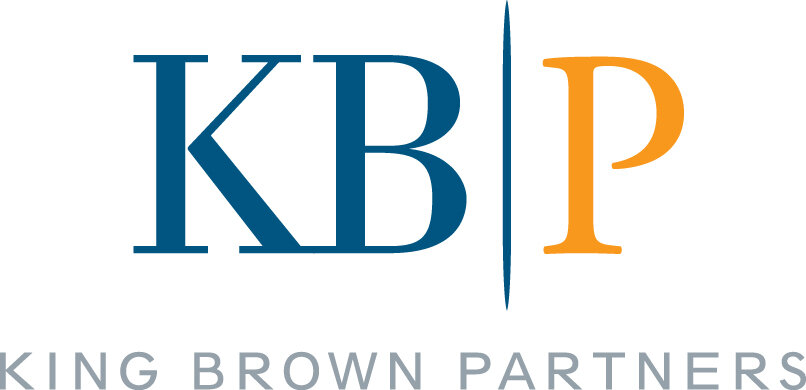No, the robots aren’t taking over.
But that doesn’t mean we shouldn’t befriend them.
Arguably, the most significant change in the insights world comes from the application of new and emerging technologies, which have shortened time to gather data, ushered in the concept of qualitative at scale, advanced the value and impact of video as a data source, and even introduced the (somewhat dubious) concept of “insights automation”.
At the same time, the insights business, like most industries, has experienced a pandemic-driven acceleration of digitalization of practices and processes that heretofore were at worst entirely analog, or at best only marginally enhanced by technology.
But as with all technological advancements, it is advisable to greet the technological transformation of the market research industry with a healthy dose of skepticism – especially when is your job to use those technologies in the real world.
The advent of agile research technologies (aka ResTech) has unquestionably and inexorably rendered the idea of waiting weeks for a PowerPoint readout of neatly formatted charts, graphs and verbatim quotes obsolete. Six weeks to edit a video highlight reel? Not anymore. A week for transcriptions? Try instantaneous.
But let’s be real – “automation” of insights is an overreach. The idea that technology and AI will generate everything you need to know at the push of a button is, to put it mildly, an over-promise.
Technology is best when it is an enabler. A means to and end. And that’s exactly as it should be in market research. Faster data collection, certainly. Better, easier, more user-friendly access to customers? Bring it on. Higher impact reporting that creates empathy with those you are selling to. Yes, yes, yes.
At the end of the day, however, it’s still about what you do with the data. What problems you are trying to solve. What decisions you are needing to make. And that requires astute navigation of the entire process. Sensitivity to the nuances. The ability to tailor recommendations to the specifics of each client situation.
Technology in the hands of a skilled insights practitioner represents a whole new world of possibilities, something we are as eager as anyone to explore and share with our clients. But technology itself is not the solution. And insights automation is not the goal. Better decision-making is.
And that’s something that will never change.
